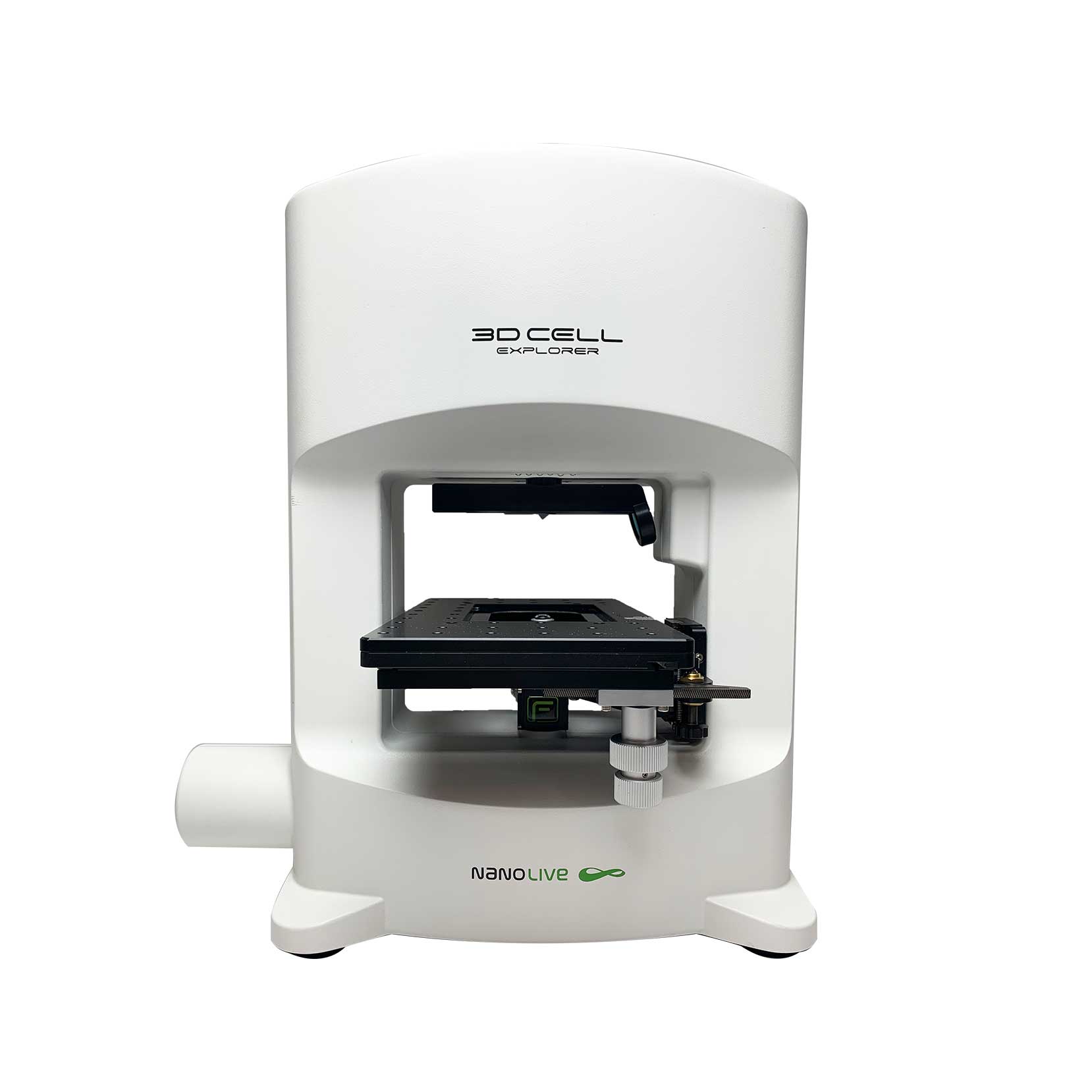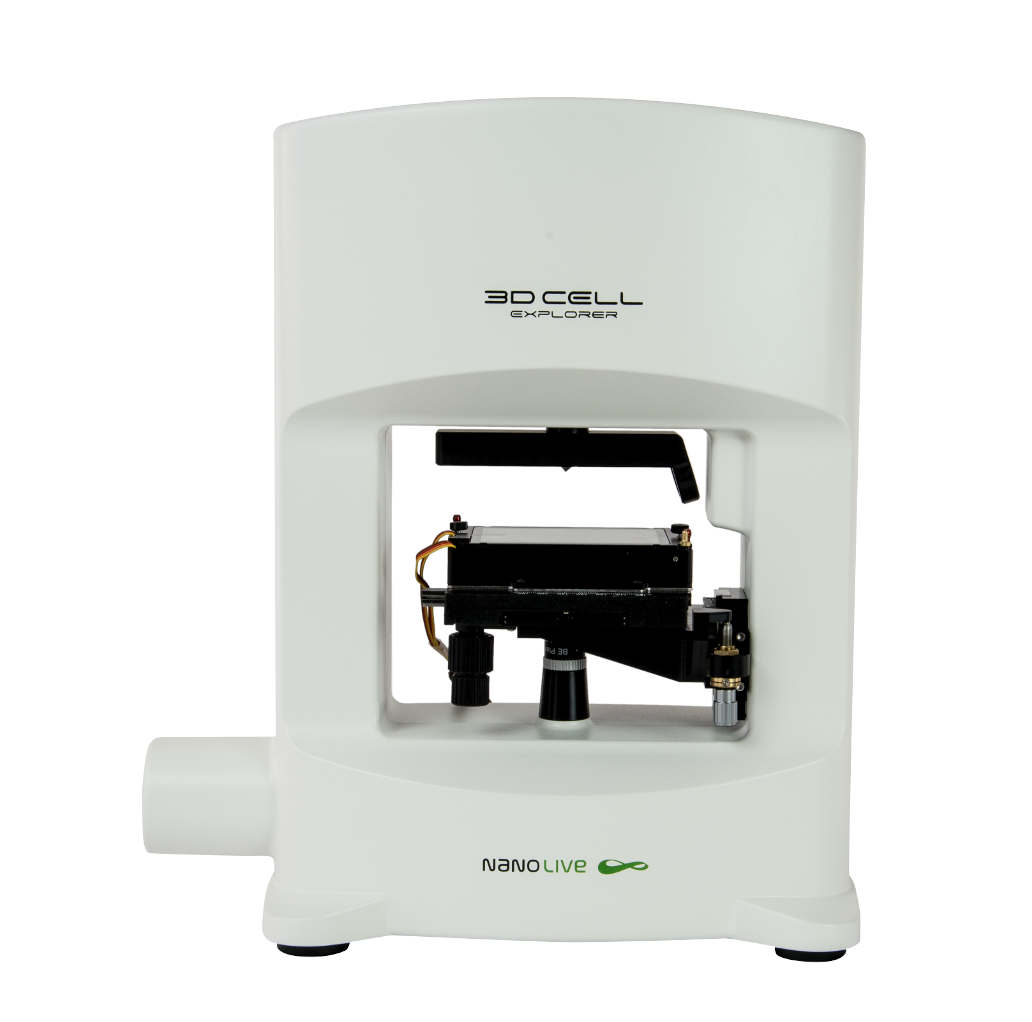What is the function and structure of the ovaries?
The ovaries are a vital component of the female reproductive system, playing key roles in hormone production, egg storage, and ovulation. The cells that help perform organ-specific functions such as these, belong to a tissue layer called the parenchyma. However, these are not the only cell types present in the ovary; a vast array of cell types perform tasks unrelated to the ovaries’ primary function (1). These cells belong to a connective tissue layer known as the stroma.
The ovarian stroma contains general components (immune cells, blood vessels, nerves, and lymphatic vessels) and ovary-specific components (ovarian surface epithelium, tunica albuginea, intraovarian rete ovarii, hilar cells and ovarian stem cells). Five cell types have been identified (1), but none of these are the dominant ovary-specific cell type in the stroma (2). That honor goes to a group of fibroblast-like, spindle-shaped, interstitial cells (2), which are yet to be formally characterized. There is great interest in identifying and understanding the behaviour, morphology and function of these cells, as a subset produce collagen (2), which is a vital part of the extracellular matrix (ECM; the 3-D network of extracellular macromolecules responsible for structural support, cell adhesion, and cell motility).
Ovarian stromal cell transplantation: a promising therapeutic approach for ovarian diseases?
The link between collagen production, stromal cells, and the ECM is particularly interesting for ovarian research because ECM and cell adhesion molecules are downregulated in both epithelial ovarian cancer (3) and polycystic ovary syndrome (4). The transplantation of such fibroblast-like stromal cells (which are very similar in morphology to mesenchymal stem cells) could be a novel therapeutic strategy in the treatment of such diseases. Prof Amorim’s group, based in the Institute of Experimental and Clinical Research at the Université catholique de Louvain (Brussels, Belgium) are currently using Nanolive imaging to determine how human ovarian stromal cell populations behave in vitro, without fluorescently generated artefacts.
The growth of the cell population was followed for 20 hours. One image was captured every 5 mins using the 8×8 gridscan (field-of-view of ~760×760 µm) on Nanolive’s automated microscope, the CX-A, and the full dataset was then analyzed using EVE Analytics. Over the duration of the experiment, we observe the total dry mass increase by 153% (from 34 to 87 ng); a clear sign that the population is healthy and proliferative.
The remarkable resolution of Nanolive imaging permits several interesting observations. The first concerns the presence of vacuoles (visible as black spots) in the cytoplasm, which could be linked to steroid production (2). The second regards cell motility. The migratory front of the cells (the brighter, more active side) is clearly visible, and both lamellipodia and filopodia can be seen probing the surface. The third observation, involves the presence and accumulation of small, bright particles in the background of the image: could this be the initial deposition of the ECM?
Nanolive would like to thank Prof. Amorim for sharing his team’s exciting research with us.
References
(1) Kinnear HM. et al. 2020. Reproduction. 1; 160 (3): R25-39.
(2) Reeves G. 1971. Obstet. Gynecol. 1;37 (6): 832-844.
(3) Cho A. et al. 2015. Front. Oncol. 2; 5: 245.
(4) Hassani F. et al. 2019. Cell J. 21(1) :35.
Read our latest news
Cytotoxic Drug Development Application Note
Discover how Nanolive’s LIVE Cytotoxicity Assay transforms cytotoxic drug development through high-resolution, label-free quantification of cell health and death. Our application note explores how this advanced technology enables real-time monitoring of cell death...
Investigative Toxicology Application Note
Our groundbreaking approach offers a label-free, high-content imaging solution that transforms the way cellular health, death, and phenotypic responses are monitored and quantified. Unlike traditional cytotoxicity assays, Nanolive’s technology bypasses the limitations...
Phenotypic Cell Health and Stress Application Note
Discover the advanced capabilities of Nanolive’s LIVE Cytotoxicity Assay in an application note. This document presents a detailed exploration of how our innovative, label-free technology enables researchers to monitor phenotypic changes and detect cell stress...
Nanolive microscopes

CX-A
Automated live cell imaging: a unique walk-away solution for long-term live cell imaging of single cells and cell populations

3D CELL EXPLORER-fluo
Multimodal Complete Solution: combine high quality non-invasive 4D live cell imaging with fluorescence

3D CELL EXPLORER
Budget-friendly, easy-to-use, compact solution for high quality non-invasive 4D live cell imaging



